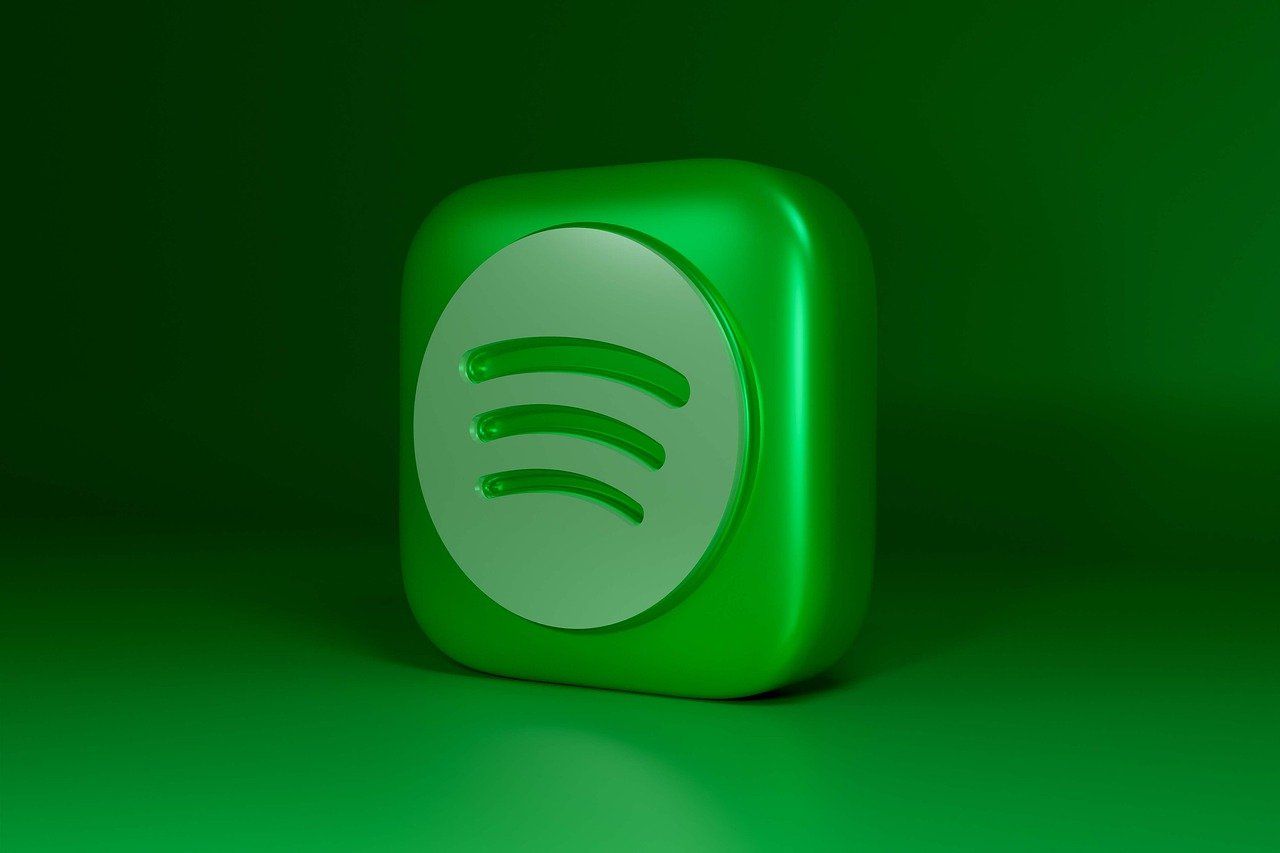If you’re an artist or music enthusiast, you’ve likely heard about editorial playlist spotify. These are some of the most sought-after playlists on the platform, offering a golden opportunity for artists to get their music heard by a larger audience. But what exactly are they, and how can they help you grow your music career?
Spotify’s editorial playlists are curated by a team of experts who work at Spotify. Unlike user-generated playlists or algorithm-driven ones, these playlists are handpicked and tailored to fit specific moods, genres, or themes. Examples include “New Music Friday,” “RapCaviar,” and “Today’s Top Hits.” Each playlist has its unique vibe, catering to millions of listeners worldwide.
The magic of these playlists lies in their ability to amplify your music. When a track gets added to an editorial playlist, it gains instant visibility. With so many people regularly tuning in, the exposure can lead to more streams, more followers, and, ultimately, more fans. But getting featured isn’t as simple as submitting your song and waiting. It requires understanding, strategy, and persistence.
Why Spotify Editorial Playlists Matter
Getting featured on a Spotify editorial playlist is like being handed a megaphone in a crowded marketplace. It’s your chance to stand out and showcase your music to people who might not have discovered you otherwise. Here are some reasons why these playlists matter so much:
- Massive Reach: Spotify has over 500 million active users, and many of them follow editorial playlists. Being featured means your music can reach listeners across the globe.
- Legitimacy and Credibility: When Spotify’s curators choose your track, it adds a layer of credibility to your music. It’s like receiving a stamp of approval from industry experts.
- Algorithm Boost: Getting on an editorial playlist can trigger Spotify’s algorithm to recommend your music more often. This means your tracks might show up in Discover Weekly or Release Radar, giving you even more exposure.
- Increased Streams and Royalties: More streams mean higher royalties. While Spotify’s pay-per-stream rate isn’t enormous, the volume from editorial playlists can make a significant difference.
- Fan Engagement: The exposure often leads to more followers, likes, and playlist additions. This deepens your connection with your audience and helps grow your fan base.
Understanding these benefits is the first step. The next is knowing how to position yourself to get on one of these coveted playlists.
How to Submit Your Music to Spotify’s Editorial Playlists
The process of getting your track onto a Spotify editorial playlist isn’t random. It requires preparation, attention to detail, and persistence. Here’s how you can increase your chances:
1. Distribute Your Music Through a Spotify-Approved Distributor
First things first, your music needs to be available on Spotify. This means you’ll need a distributor to upload your tracks. Companies like DistroKid, TuneCore, and CD Baby are popular choices. These platforms ensure that your music is delivered to Spotify and other streaming platforms.
2. Claim Your Spotify for Artists Profile
Once your music is on Spotify, claim your Spotify for Artists profile. This tool is your gateway to insights and submissions. It allows you to update your artist bio, add photos, and, most importantly, pitch your upcoming releases to Spotify’s editorial team.
3. Pitch Your Track Before Release
Timing is everything. To maximize your chances, submit your song for playlist consideration at least seven days before its release date. Use Spotify for Artists to provide as much information as possible about your track, including its genre, mood, and story.
4. Focus on Quality
Your music must stand out.
5. Build a Buzz
While Spotify’s curators do consider submissions, they’re also influenced by what’s trending. If your track is gaining traction on social media or other platforms, it’s more likely to catch their attention.
6. Engage Your Current Audience
Encourage your existing fans to stream and share your music. A track that performs well organically has a higher chance of being noticed by Spotify’s team.
What Spotify Curators Look For
Understanding what curators are looking for can help you tailor your approach. Here are some key factors they consider:
- Musical Fit: Does your track align with the playlist’s theme or genre?
- Quality Production: High-quality sound and professional mixing are non-negotiable.
- Story and Context: Sharing the story behind your song can make it more compelling.
- Momentum: Tracks with strong organic performance often get a second look.
Maintaining Your Momentum After Getting Featured
Getting on a Spotify editorial playlist is just the beginning. Once your track is featured, it’s essential to capitalize on the momentum. Here’s how:
1. Promote Your Feature
Share the news on social media and thank Spotify for the support. This not only boosts your visibility but also shows curators that you appreciate the opportunity.
2. Engage with New Fans
Respond to messages, comments, and shares from new listeners. Building these relationships can turn casual listeners into loyal fans.
3. Analyze Your Data
Use Spotify for Artists to see where your streams are coming from and which playlists are driving the most traffic. This information can help you plan your next steps.
4. Plan Your Next Release
Consistency is key. Start planning your next release to keep the momentum going. The more active you are, the more likely you are to stay on Spotify’s radar.
Common Myths About Spotify Editorial Playlists
There are many misconceptions about how Spotify’s editorial playlists work. Let’s debunk a few:
- Myth: You Need a Record Label to Get Featured. Reality: Independent artists get featured all the time. What matters is the quality of your music and your promotional efforts.
- Myth: Paying for Playlist Placement Works. Reality: Spotify’s guidelines strictly prohibit paying for playlist placement. Attempting this can result in penalties or bans.
- Myth: Once Featured, Always Featured. Reality: Playlist spots aren’t permanent. Curators regularly update their playlists, so maintaining your momentum is crucial.
- Myth: Only New Tracks Get Featured. Reality: While curators often focus on new releases, older tracks with strong performance can also get featured.
Final Thoughts
Spotify’s editorial playlists are a powerful tool for artists looking to grow their audience and career. By staying consistent, engaging with your audience, and leveraging Spotify for Artists, you can put yourself in the best position to succeed.
So, whether you’re an emerging artist or a seasoned musician, now is the time to take action. Start preparing your next release, build your buzz, and get ready to pitch your music. Spotify’s editorial playlists might just be the breakthrough you’ve been waiting for.
For further reading, explore these related articles:
- All About Major Lazer Songs: Why Everyone Loves Their Music
- Exploring Ed Sheeran’s South of the Border Lyrics
For additional resources on music marketing and distribution, visit DMT Records Pvt. Ltd..






